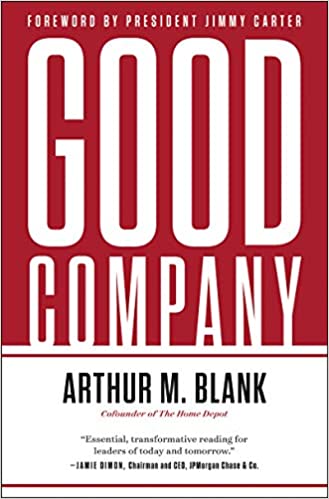
You will never do anything in this world without courage. It is the greatest quality of the mind next to honor. – Aristotle
It was the Roman statesman and scholar Marcus Cicero who said, “More is lost by indecision than wrong decision. Indecision is the thief of opportunity. It will steal you blind”. The words of Cicero are as true today as they’ve ever been.
Is it possible that the lack of courageous leadership is creating a leadership vacuum marked not by the lack of great ideas and ability, but characterized by inaction and a lack of courage?
Former President Ronald Reagan told a story about the time when he was a little boy buying a pair of shoes and the cost of indecision. An aunt had taken him to a cobbler to have a pair of shoes made for him.
The shoemaker asked him, “Do you want a square toe or a round toe?” The young Reagan hemmed and hawed. So the cobbler told him, “Come back in a day or two and let me know what you want.”
A few days later the shoemaker saw Reagan on the street and asked what he had decided about his shoes. “I still haven’t made up my mind,” he answered. “Very well,” said the cobbler.
When Reagan received the shoes, he was shocked to see that one shoe had a square toe and one shoe had a round toe. “Looking at those shoes every day taught me a lesson,” said Reagan years later. “If you don’t make your own decisions, somebody else will make them for you!”
Lacking courage as a leader at times is nothing new. But the consequences of it must be clear. Ryan Pendell did a great job diving into the topic not long ago in an article for Gallup entitled Do Your Managers Lack Courage?
In it, he makes the point that while low-courage leaders can be held in high regard by both leaders and team members-mostly because they never stir up problems. But ultimately, they do not serve their teams well–and they don’t serve their leaders well either–because they aren’t being honest with anyone. Pendell says, “Low-courage managers fail to provide the kinds of support that employees need to get their work done.”
And herein lies the need for courageous leaders. In this first part, I will shed light on what courageous leadership isn’t. In part two, I will share insights on what it is. In part three I will share insights on how to develop a courageous leadership mindset.
Courageous leadership–what it isn’t:
Courageous leadership is not placing your popularity over your principles
Courageous leadership is grounded in your principles and values, not the whims of those you serve. Your first obligation is to affirm your core values, not your ego.
Courageous leadership is not passing the buck
Courageous leaders accept the responsibility that comes with the territory. They make difficult decisions and are willing to face the music.
Courageous leadership is not always about playing it safe
Courageous leaders understand that sometimes to move forward you have to set your fears aside and take that first step.
Courageous leadership is not about kicking the can down the road
Courageous leaders understand that eventually, decisions have to be made. You can only kick the can down the road so far until you reach a dead end. There must come a time for action.
Final Thoughts
Indecisive leaders can paralyze organizations and harm morale. But with courage, a leader can be a catalyst for change and progress. It’s time to be courageous!
©2021 Doug Dickerson
Click here to listen to The Cardinal Point Leadership Podcast



